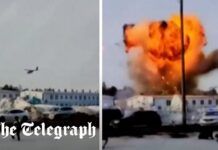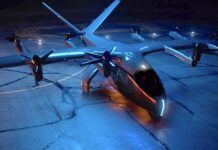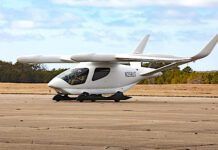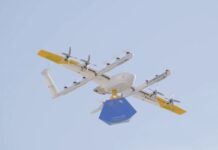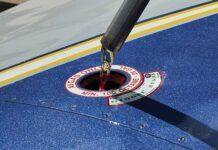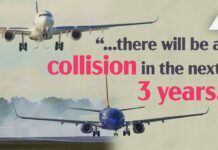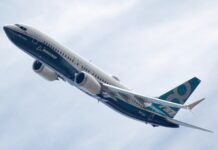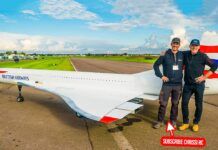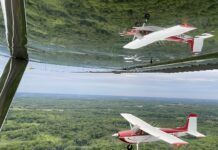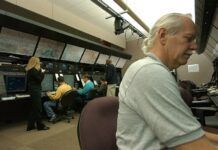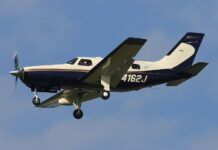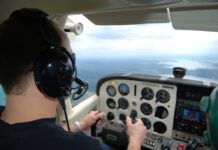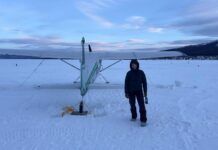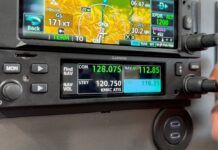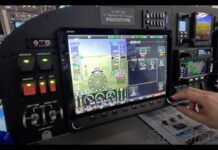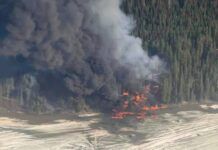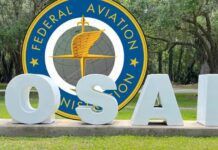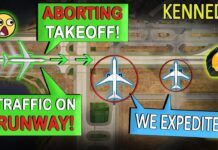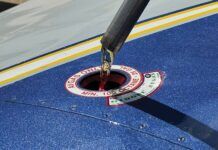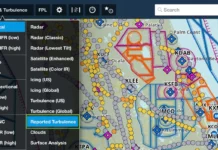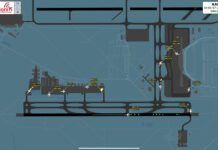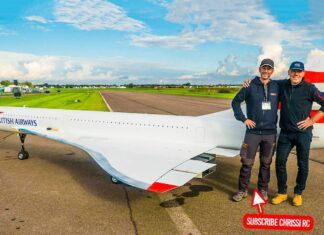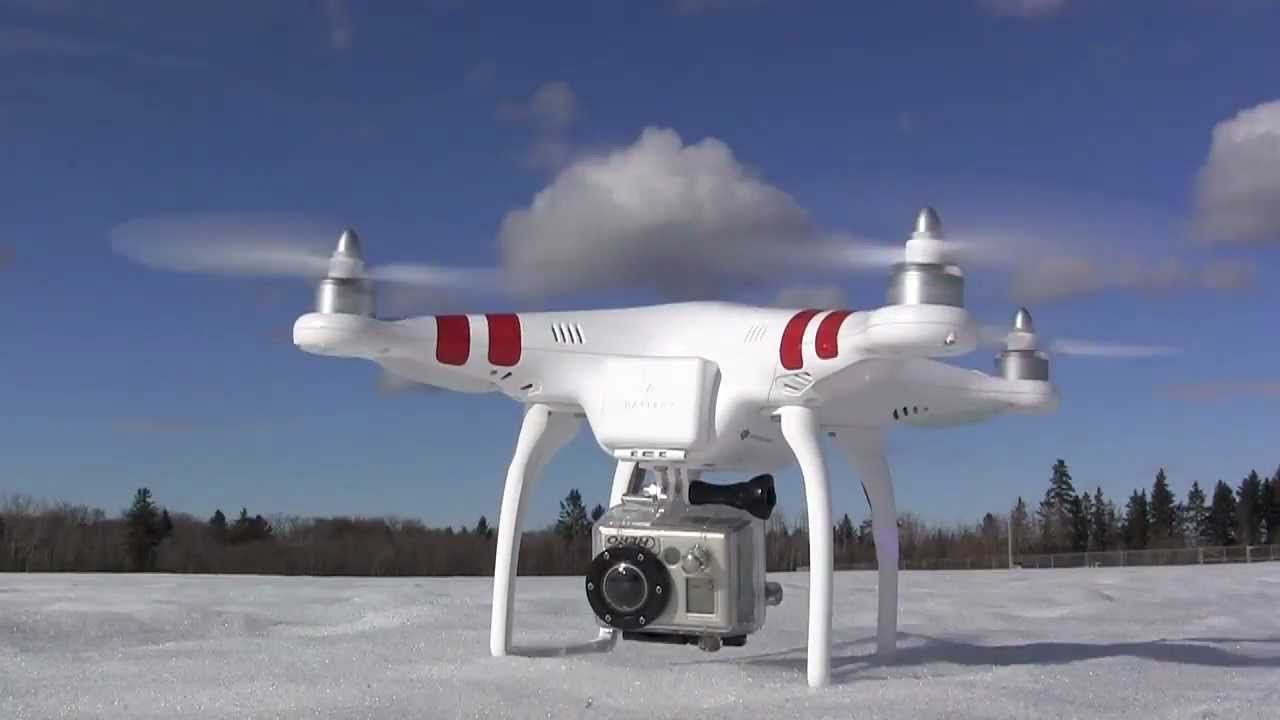
The company that makes the drone that ended up on the White House lawn last week says it’s programming its products to be unflyable within a 15.5 mile radius of downtown Washington, D.C.”We are updating the no fly zones to include the D.C. metropolitan area in accordance with FAA guidelines,” said Michael Perry, spokesman DJI, which makes the Phantom drone that was found by Secret Service agents on the White House grounds last week. “This was in the works for a while along with a larger push for airport no-fly zones. We are pushing this out a bit earlier to lead in encouraging responsible flight.”
A mandatory firmware update to be issued this week will prevent DJI drones from ascending within the zone. If one strays inside it, it will land.
“We have developed a flight-limitation system, that will prevent your Phantom from flying in restricted areas such as airports,” Perry said in a YouTube video post last April, when DJI announced the system according to TVTechnology. “The update will download a global GPS database of restricted locations into your Phantom. This feature will only be active if your Phantom has a sufficient GPS signal, regardless of what mode you’re flying in.” The D.C. restriction is part of a package of limitations that includes many, but not all U.S. airports.
DJI said this week that new products in its Phantom line will have firmware to prevent operators from flying the aircraft within a designated distance of major airports, based on the drone’s known GPS position. The updated firmware can also be loaded into some DJI drones already in the field.
According to AVweb’s review of DJI’s data, all of the Class B airports in the U.S. are covered and many residing in Class C airspace are also on the no-fly list, including Austin, Texas; Clearwater, Florida; and Milwaukee, Wisconsin, to give a general idea of airports involved. However, Newark’s Liberty International is on the list, but nearby-and busy-Teterboro is not.
According to a videoon the DJI website, for what the company calls Category A (Class B) airports, the drone will recognize and not enter a 5-mile safety zone. Within 1.5 miles of the center of that zone, the drone won’t take off. From that distance out, the firmware establishes an increasing altitude limit from 35 feet to 400 feet at 5 miles. The system will also be capable of warning the operator when the drone is about to enter a safety zone. If flown into the no-fly zones, the drone will land itself before encroaching. DJI is also programming maximum altitude limits for its drones, including a limit of 394 feet when the drone is flying without a GPS signal.
DJI’s limits for what it calls Category B airports prevent the drone from taking off within .6 miles of the center of the zone, presumably the airport. However, when we asked DJI about how it defines Category B airports, it sent us, via autoreply, the same list of major terminals it uses for its Category A airports. Beyond that, a query for additional information wasn’t returned.


